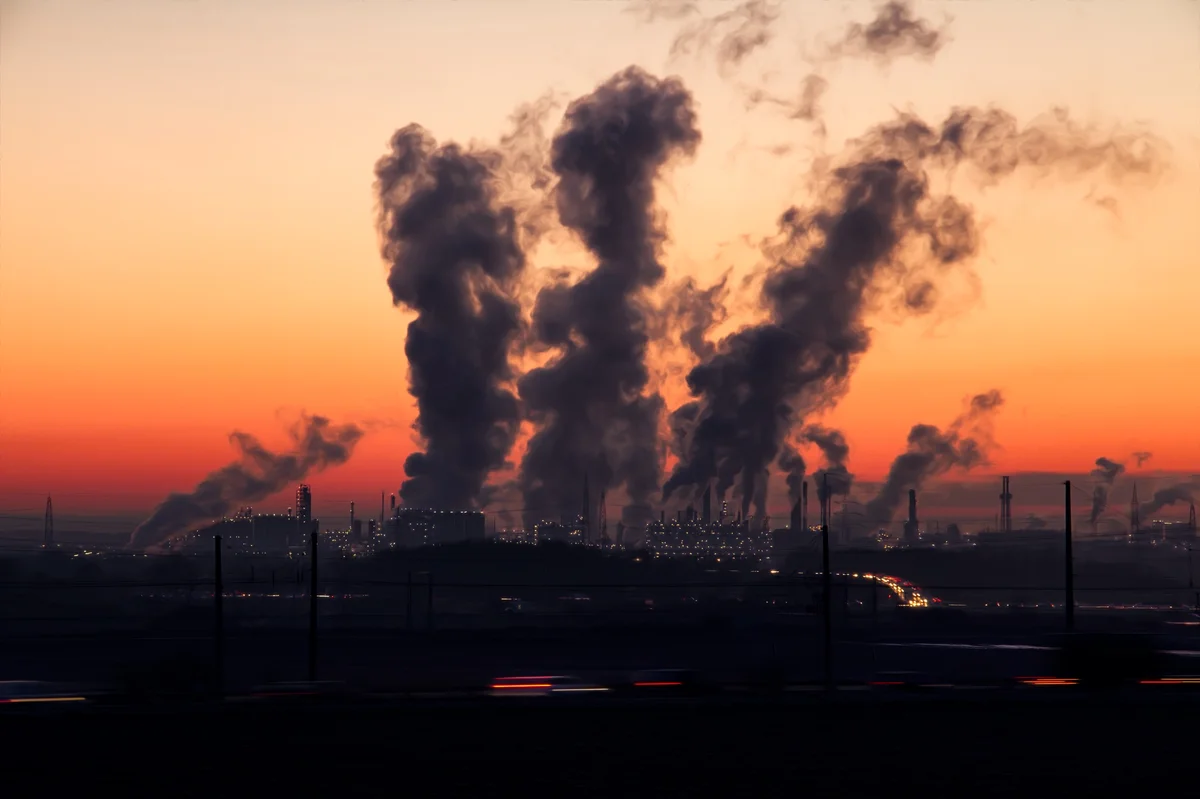
A recent UBC study has found that certain marginalized groups are exposed to higher cumulative air pollution in Vancouver, Toronto and Montreal. In Vancouver, Indigenous residents experience the highest burden, while in Montreal it falls on immigrant residents and in Toronto, on low-income residents.
The study is an illustrative analysis for the year of 2012 and joins a growing field of environmental justice literature which recognizes that the benefits and burdens of environmental goods are not equally distributed.
“We felt that it was really important to understand what some of these patterns of distributional injustice look like in a Canadian context, so that we can better address environmental injustice in Canada in terms of policy making and other kinds of interventions,” said Dr. Amanda Giang, study co-author and assistant professor in the Institute for Resources, Environment and Sustainability and the department of mechanical engineering.
“Different kinds of social stratification can contribute to social vulnerability, which is one of the reasons we wanted to look at these different kinds of social stratification,” said Giang. The study focused on Indigeneity, racialization, income and immigration status as indicators for key societal categorizations.
The study examined single and cumulative air pollution burdens in Vancouver, Montreal and Toronto and considered how the risk of air pollution exposure interacts with the four aforementioned socio-demographic factors.
Notably, Vancouver has the highest relative difference between socially advantaged and disadvantaged groups for individual pollutants and cumulative air pollution indicator score. The authors think the spatial patterns of where different communities live might have something to do with this difference.
“For instance, the Downtown Eastside is such a highly concentrated area for low income households, and also Indigenous households, and is an area where there are high burdens of some individual pollutants and therefore also cumulative pollutants,” said Giang.
Dr. Leila Harris, a professor at the Institute for Resources, Environment and Sustainability, who was not involved with the study but whose current research focuses on the intersection of environmental issues and inequality, emphasized the need for similarly focused environmental justice studies.
“I think the broad contours is that the evidence is very clear that in multiple contexts, racialized and other marginalized groups — so based on income, caste, class and other considerations — are often exposed differentially to different hazards and also have less access to the benefits of environmental goods,” she said.
A key contribution of the study was the creation of cumulative hazard indices of air pollution, which is a way to assess the impacts of multiple air pollutants at once. For example, one such pollutant was sulfur dioxide, which is a gaseous air pollutant that mainly comes from the burning of fossil fuels and can cause a range of negative effects on human health. Both scientific analysis and Canadian policy making has struggled to adequately grapple with the cumulative burdens of the multiple hazards people may be exposed to, but the creation of cumulative hazard indices is one approach to monitor or assess potential policy impacts.
“Right now in a lot of policy making contexts in Canada at different levels of government, environmental justice is not necessarily a consideration that is required,” said Giang. “The first thing we want to see [in policy making] is the use of indicators and tools like this. We want to see equity dimensions be a more standard part of environmental policy analysis.”
Harris shared a similar sentiment regarding the importance of these types of studies.
“Even though we know science doesn’t always lead to policy, even if you were to hope for that trajectory, there’s not enough data and studies like [Giang’s] to help us understand what we’re facing and how to deal with it,” she said.
The study emphasized the importance of community engaged, location-based approaches, as patterns of inequality vary from place to place.
“In Vancouver, if you look at visible minorities as a whole, we don’t find that racialized communities are experiencing more cumulative pollution burdens than white residents, but if you disaggregate that and actually look at different categories — for instance Black, Arab and West Asian residents in Vancouver — they are experiencing higher pollution burdens,” said Giang.
While Canada’s air pollution levels do meet World Health Organization quality guidelines, areas where residents experience higher levels of air pollution could result in large adverse health differences. This inequity is also linked to the impacts of the climate crisis.
“A lot of sources of air pollution are also sources of greenhouse gas emissions … Climate change is an incredible threat multiplier. For example, wildfires are a very relevant source of air pollution for BC, and a changing climate means more frequent and potentially more intense wildfires,” said Giang.
“So certainly there are links between air pollution and climate change.”
Giang emphasized that just environmental policy requires the input of many different voices, especially those from affected communities. This may be achieved through place-based approaches that design cumulative indicators such as those highlighted in the study to consider how exposure to environmental hazards are related to different aspects of social vulnerability.
In the future, Giang hopes that environmental analysis can take an even more intersectional approach to continue to understand how different social stratifiers contribute to environmental justice disparities.

